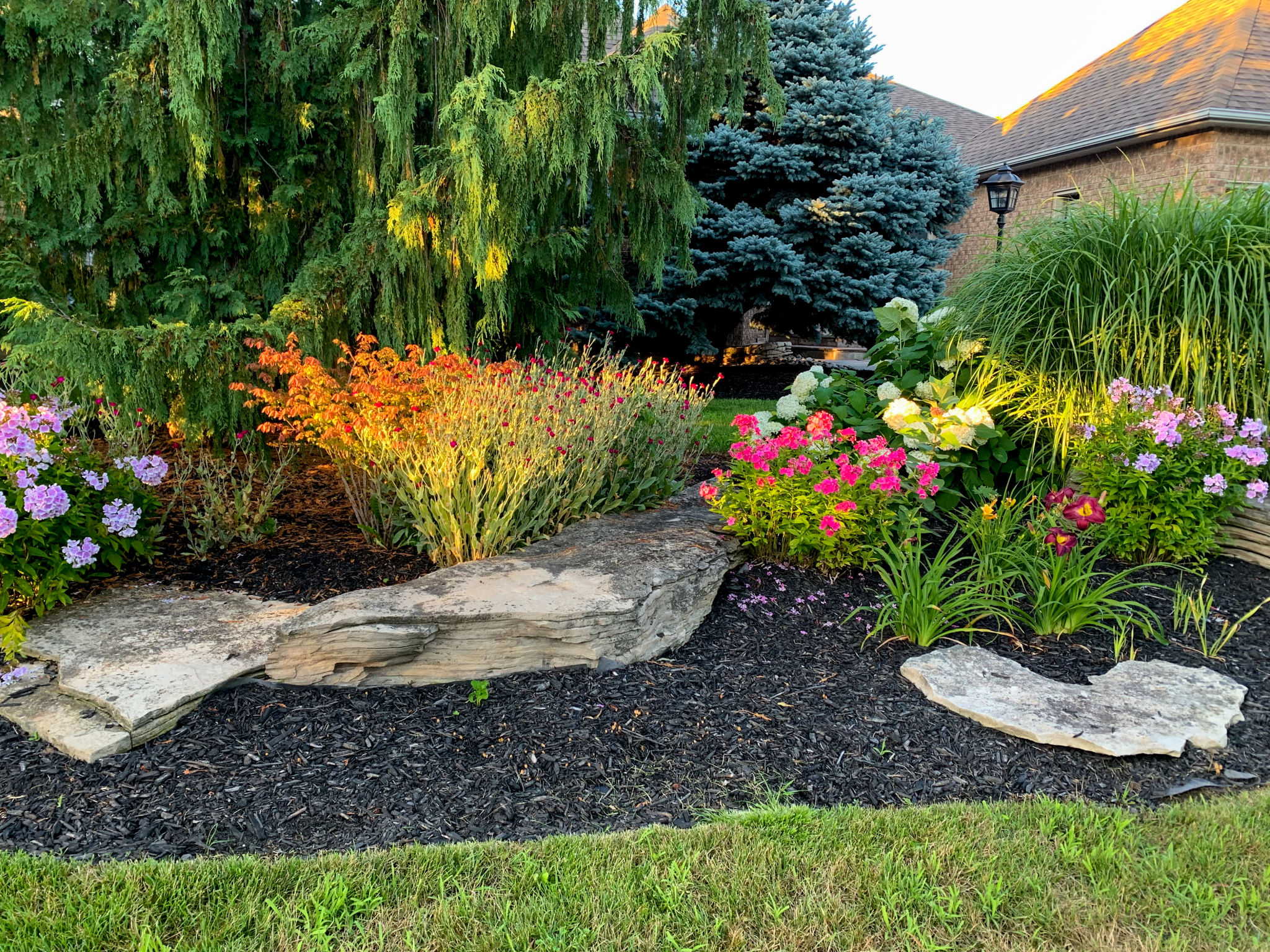How to Prepare Your Garden for Spring in Oklahoma City
Assess Your Garden's Current Condition
As the winter chill begins to fade, it's time to take a close look at your garden to assess its current state. Spend some time walking through your outdoor space and make notes of any damage or areas that need attention. Check for signs of disease or pest infestations, as catching these early can save you a lot of trouble later on. Look for broken branches, damaged soil, and any lingering weeds that may have survived the winter.
It's also a great time to evaluate the layout of your garden. Consider which plants thrived last year and which didn't do as well. This will help you decide what changes might be necessary to improve your garden's health and productivity this spring.

Clean Up and Clear Out Debris
Once you've assessed your garden, begin the cleanup process. Start by removing any dead plants, leaves, and debris that have accumulated over the winter months. Clearing out this organic matter helps prevent disease and gives you a clean slate for planting. Be sure to dispose of any diseased plant material in the trash rather than composting it, as this can spread problems to your healthy plants.
Prune any trees or shrubs that require it, focusing on removing dead or damaged branches. This will not only improve the appearance of your garden but also encourage healthier growth as the weather warms up.
Test and Revitalize Your Soil
Healthy soil is the foundation of a successful garden, so testing and revitalizing it is crucial. Consider using a soil test kit to determine the pH level and nutrient content of your soil. Knowing this information will help you amend your soil appropriately, ensuring that your plants have the nutrients they need to thrive.

Once you've tested your soil, it's time to revitalize it by adding organic matter such as compost or well-rotted manure. This will improve soil structure, enhance fertility, and encourage beneficial microbial activity. Be sure to work these amendments into the top layer of soil thoroughly.
Plan Your Planting
With a clean garden and revitalized soil, it's time to plan what you'll plant this spring. Consider the climate in Oklahoma City and choose plants that are well-suited to the local conditions. Native plants are often a good choice as they are adapted to the area's environment and require less maintenance.
Create a planting schedule based on each plant's needs and Oklahoma City's unique growing season. Early spring is an excellent time for sowing cold-tolerant crops like lettuce, spinach, and peas. As the weather warms, transition to warmer-season crops such as tomatoes, peppers, and cucumbers.

Set Up Irrigation Systems
Setting up an efficient irrigation system will save time and ensure your plants receive consistent moisture. If you don't already have an irrigation system in place, consider installing a drip or soaker hose system that delivers water directly to the roots where it's needed most. This reduces water waste and helps prevent diseases caused by wet foliage.
Check any existing irrigation systems for leaks or clogs and make necessary repairs to ensure they function properly throughout the growing season.
Start Seeds Indoors
For some plants, starting seeds indoors can give them a head start before they're transplanted into the garden. This is particularly beneficial for longer-season crops like tomatoes and peppers that need extra time to mature. Use seed trays filled with a high-quality seed-starting mix and provide adequate light using grow lights or sunny windowsills.

Keep seedlings well-watered but not soggy, and harden them off gradually before transplanting outdoors when temperatures are consistently warm.
Protect Against Early Pests
As temperatures rise, pests become more active. Keep an eye out for early signs of pests such as aphids or slugs. Using organic pest control methods like neem oil or diatomaceous earth can help keep these unwanted visitors at bay without harming beneficial insects.
Consider implementing companion planting strategies where certain plants are used to repel pests from their neighbors naturally. For example, planting marigolds near vegetables can deter aphids and other common pests.
Enjoy Your Spring Garden
With preparation complete, it's time to enjoy the fruits of your labor. Take pleasure in watching your garden come to life as plants begin to grow and flowers start to bloom. Regular maintenance such as weeding, watering, and monitoring for pests will help keep your garden healthy throughout the spring season.

A well-prepared garden not only enhances the beauty of your home but also provides a rewarding outdoor experience for you and your family. Happy gardening!